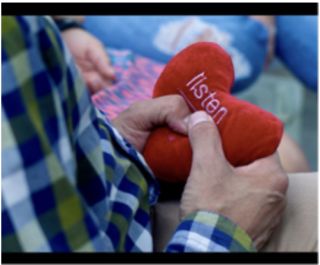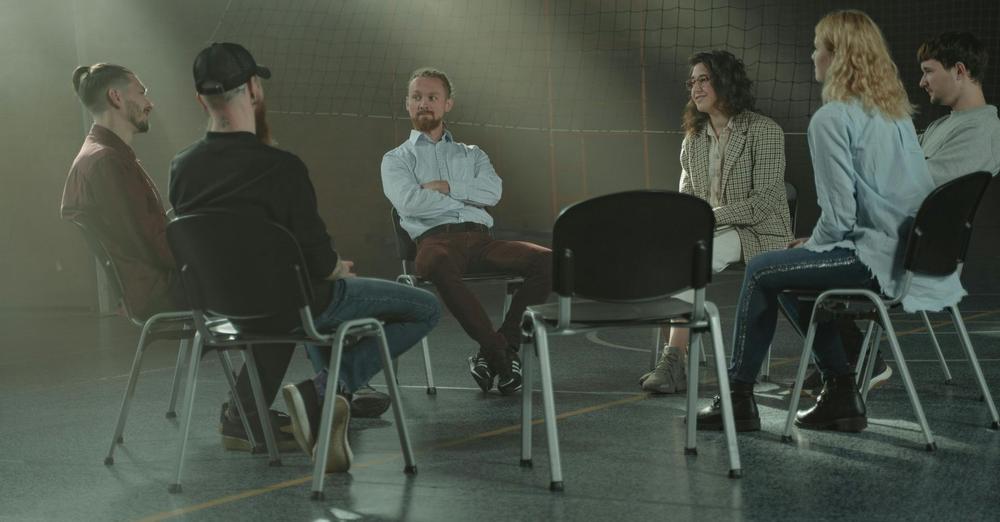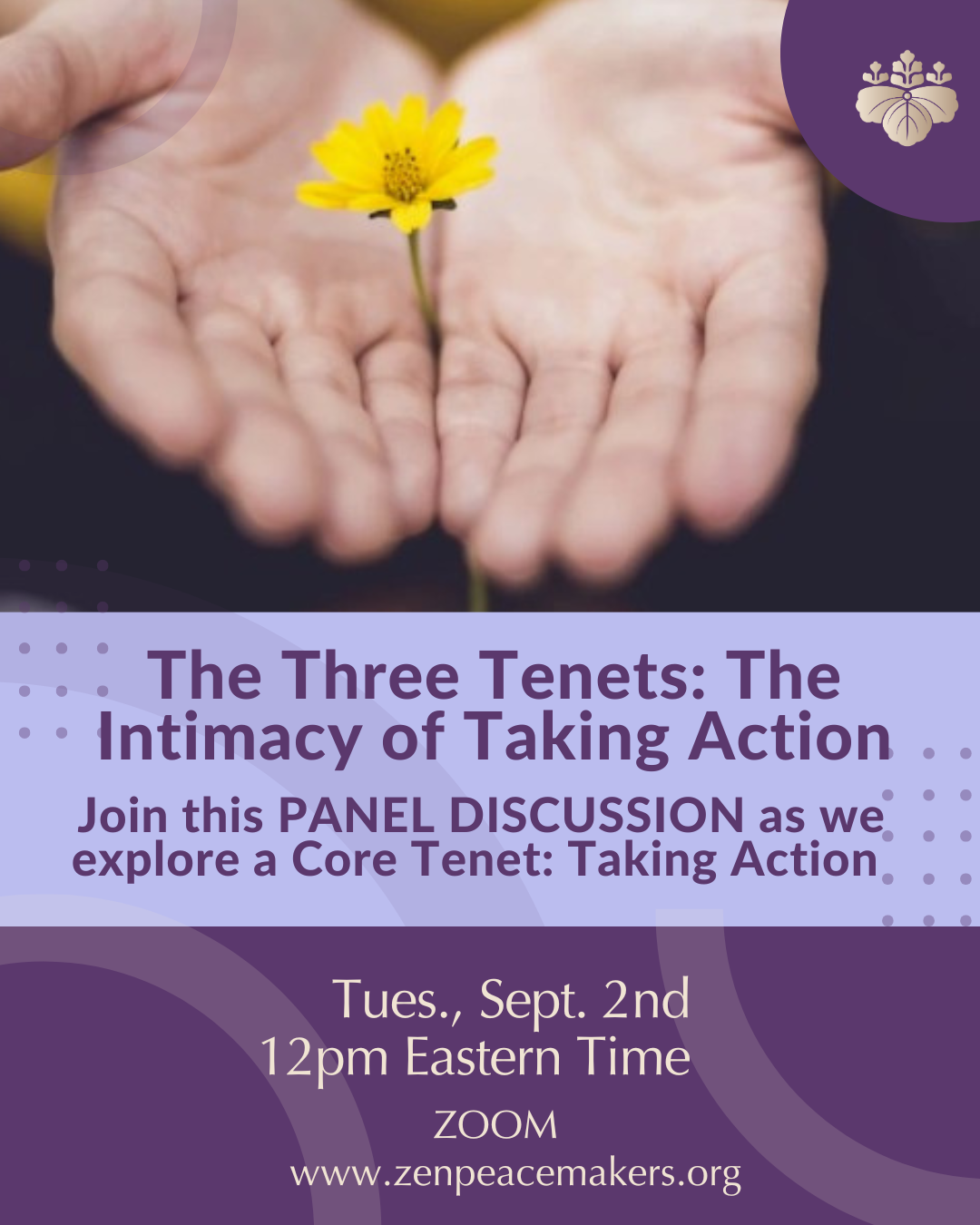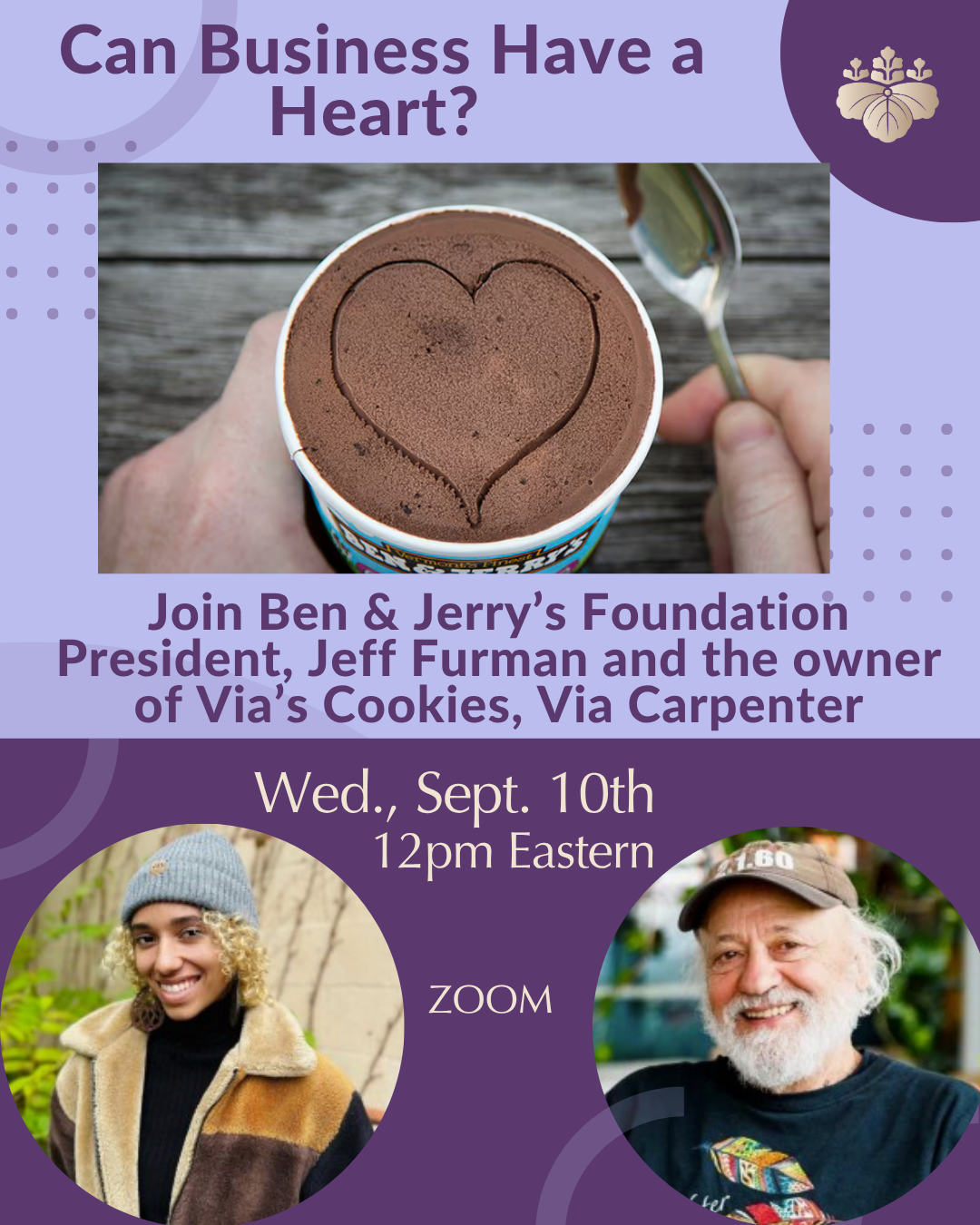In a season of vitriol, council with an empty chair may help us all win.
Updated April 23, 2024 | Reviewed by Gary Drevitch
At the 2012 Republican National Convention, Hollywood icon Clint Eastwood did something unusual: he spent over 12 minutes speaking to an empty chair as if it were then-President Obama. Commentary flooded social media and dominated news headlines for days. Politicos and pundits called it “absurd,” “strange,” and “weird,” and later, even Eastwood called his actions “silly.” At the time, I agreed, but 12 years later, I have a different perspective. Because today, that “silly” stunt may be part of the societal salve we need.
Whether cheering on our football team or our candidate, it’s normal to want “us” to win and “them” to lose.
As a species that relies on community, we’ve evolved, in part, thanks to our ability to work collaboratively, and we’ve built a society that more than meets the needs once scarce to our tribal ancestors. That doesn’t mean we no longer need one another; we do. But a growing political division bolstered by faulty “us vs. them” thinking infers otherwise. This is shaping the U.S. into a country far from united with potentially dangerous consequences.
While the 2020 election and subsequent Insurrection proved contentious, severing relationships among friends, families, and communities, four years later, it’s only gotten worse. According to Surgeon General Vivek Murthy, Americans today suffer from an epidemic of loneliness and isolation, which profoundly affects mental and physical health. This includes a 29 percent increased risk of heart disease, a 50 percent increased risk of developing dementia (for older Americans), and, most devastatingly, a 60 percent increased risk of premature death.
It doesn’t have to be this way.

Beyond us and them
According to Jared Seide, Founder and Executive Director of the nonprofit Beyond Us & Them, engaging in an age-old practice can help. At the heart of this practice is a devised social structure he calls “council.” Not to be confused with “counseling” or therapy, “council” is a concept that has been utilized across cultures throughout history.
Seide’s first council experience in the mid-1990s proved life-changing. “In the post-Rodney King era, my daughter’s Los Angeles-based school was falling apart. Many school community members were justice-system impacted, and tensions were high,” he said. “The practice of council was introduced, and the whole community engaged, and soon, transformed.” Shifting his career path shortly after, Seide has been working to expand that blueprint for nearly 30 years, introducing the concept of the council to other schools and community-based organizations.

Today, Seide is joined by over 40 staff who steward Council through the nonprofit, Beyond Us & Them. The concept has been successfully adopted across diverse community populations, including teachers, inmates, law enforcement agencies, and healthcare providers. Regardless of the participant base, the format is the same: A small group of individuals are seated in an open circle with one empty chair. The council works through a 32-hour curriculum developed by Seide, which includes reflection exercises and instruction in techniques such as meditation and mindfulness. Council schedules vary; some meet one hour per week for 12 weeks, augmented with homework, while some opt for a 32-hour intensive session over four days. Led by a facilitator, each member takes turns sharing or responding to a prompt. Opinions aren’t allowed, and interrupting and cross-talk are discouraged.
CONTINUE READING ARTICLE: CLICK HERE

Sarazin, M.P.P., is the author of Soulbroken: A Guide for Your Journey Through Ambiguous Grief and a Certified Grief Educator.



